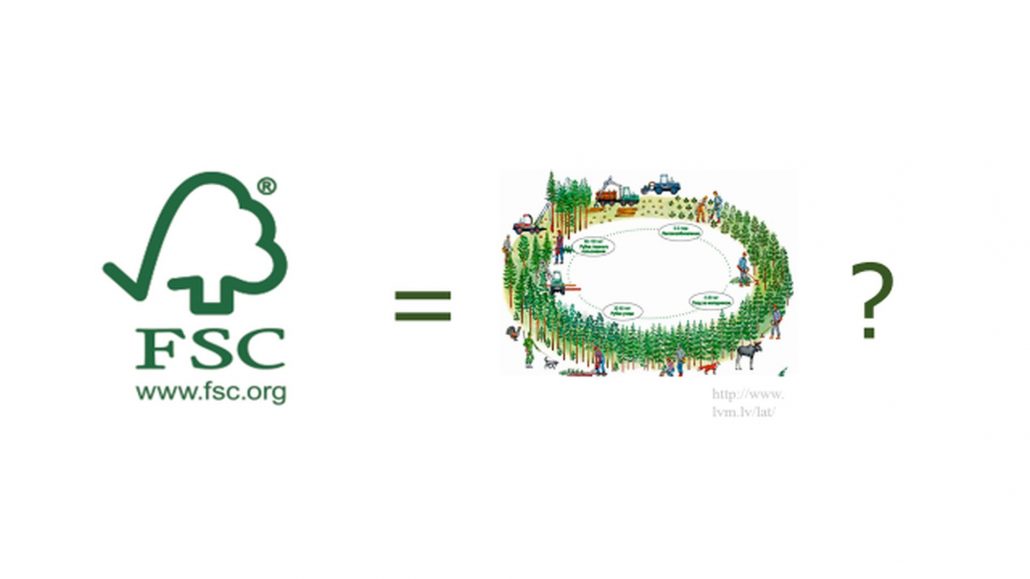ARE FSC STANDARDS COMPATIBLE WITH IFM REGULATIONS?
The Silver Taiga Foundation for Sustainable Development has drafted the Analytical Note to assess compliance of environmental limitations of the new FSC Standard with the IFM (intensive forest management) regulations in the Dvina-Vychegda taiga forest area.
“It has been a tradition since Soviet time to develop taiga extensively, which meant accelerated exploitation of logging companies’ forest stock and moving to new intact areas. To a large extent, no reforestation or forest tending activities were conducted, and logged tracts overgrew naturally. As a result, intact coniferous taiga areas were reducing, and they shifted further from wood processing centers. At the same time, low value secondary tree stands, which were of no interest for harvesters due to the fact that they were represented by deciduous or deciduous-coniferous forest stands with low market value appeared at harvested areas,” Yury Pautov, the Foundation’s director, comments the situation in the forestry sector of Russia.
According to Yury Pautov, at the beginning of 2000s, many companies of the taiga zone, especially in the European part of Russia, faced the threat of depletion of forest resources already in the coming decades rather than in the long-term perspective.
As many experts see it, the way out of the situation is transition from extensive to intensive forest management. Environmentalists, who back the idea of preservation of last remaining intact forests being the most valuable and unique from the point of forest landscape biodiversity, also support the proposal.
Intensive forest management model implies targeted cultivation of required species of the needed quality at developed forest areas near wood processing centers that benefit from comprehensive road network and availability of human resources. One of the key components of the scheme is to minimize wood transportation costs. Higher yield under intensive forest management practices is generated due to regular tending of growing stock, removal of unneeded species to ensure optimal density and maximum growth of target species, and “commercial” thinning in middle-aged forest stand. Owing to such practices one can achieve two-fold increase of high-value timber harvesting volume, if compared to traditional extensive forest management.
The talk about the need to intensify the forestry sector has been ongoing for the recent 10-15 years, and it was only in 2016-2017 that new regulations for the intensive model were prepared, however not for the whole Russia, but for some forest type zones only, including the Dvina-Vychegda taiga forest area, where Ilim Group and Mondi claiming the necessity to introduce IFM maintain their leased areas.
In line with the above, a new national FSC Forest Management Standard was started to be planned in 2016, and it is expected to be adopted in 2018, so all certified companies will have to meet the new requirements of the standard.
Meanwhile, the IFM regulations and the new FSC Standard were developed by different groups of experts, which could lead to contradictions between FSC requirements and the ones of the intensive forest management regulations.
“Just a few years ago we undertook some attempts to compare the requirements under the certification and IFM, but there were a lot of concerns that the alignment process will fail during their development and approval. That is why it was only in the recent period that the foundation initiated a comparative analysis of the new forest planning and FSC certification documents in order to identify any possible mutual incompliances, contradictions or mismatches,” Yury Pautov says.
In the mid-2017 there were several versions both of the new FSC Standard and new IFM regulations, but final documents were not ready yet, therefore completion of the analysis had to be postponed all the time. The most recent IFM regulation entitled Forest Tending Rules was approved and published on December 22, 2017, then it became possible to finish the work. For the analysis the stated regulatory documents, as well as numerous reviews and comments of forestry and FSC certification experts were taken into account. A special focus was paid to discussion of the issues in the Internet, at various workshops and working groups’ meetings.
As a result of the work conducted Silver Taiga’s experts have drawn a conclusion that there are no serious contradictions between the requirements of the new FSC Standard and new regulations for intensive forest management. However, the Foundation suggests discussing and commenting the provided Analytical Report to all stakeholders. As Yury Pautov highlighted, it mostly considers regulations for the Dvina-Vychegda taiga forest area, but they may also be useful for other forest type zones of Russia where intensive forest management is planned to be introduced.a



